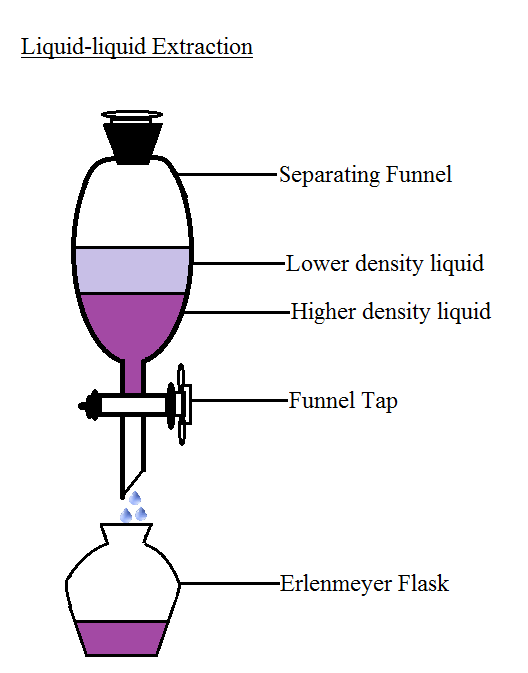Hydrogen Production by Solar Thermochemical Water-Splitting Cycle via a Beam Down Concentrator
Hydrogen Production by Solar Thermochemical Water-Splitting Cycle via a Beam Down Concentrator
Introduction
About 95% of the hydrogen presently produced is from natural gas and coal, and the remaining 5% is generated as a by-product from the production of chlorine through electrolysis1. In the hydrogen economy (Crabtree et al., 2004; Penner, 2006; Marbán and Valdés-Solís, 2007), hydrogen is produced entirely from renewable energy. The easiest approach to advance renewable energy production is through solar photovoltaic and electrolysis, a pathway of high technology readiness level (TRL) suffering, however, from two downfalls. First of all, electricity is already an energy carrier, and transformation with a penalty into another energy carrier, hydrogen, is, in principle, flawed. The second problem is that the efficiency of commercial solar panels is relatively low. The cadmium telluride (CdTe) thin-film solar cells have a solar energy conversion efficiency of 17%. Production of hydrogen using the current best processes for water electrolysis has an efficiency of ~70%. As here explained, the concentrated solar energy may be used to produce hydrogen using thermochemical water-splitting cycles at much global higher efficiency (fuel energy to incident sun energy). This research and development (R&D) effort is, therefore, undertaken to increase the TRL of this approach as a viable and economical option.
Thermochemical Water-Splitting Cycles
Solar thermochemical water-splitting cycles (TWSCs) use high-temperature solar heat to drive a series of reactions producing hydrogen with oxygen as a welcomed by-product (Safari and Dincer, 2020). The chemicals used are recycled, creating a closed-loop process utilizing only water as feedstock, plus solar heat. The simplest TWSC is a two-step process. The metal oxide redox reactions include one endothermic reaction and one exothermic reaction. The metal oxide is transformed first into a reduced-valence metal oxide plus oxygen.
The reduced-valence metal oxide then reacts with H2O producing H2, oxygen, and the initial metal oxide.
The metal oxide is, thus, recycled. These cycles require temperatures well above 1,500°C. A TWSC with more than two steps has been designed to deliver better performances at lower temperatures. The general electric sulfur–iodine (S-I) TWSC is the most renowned three-step TWSC (Schultz, 2003; Bhosale et al., 2019). It is made up of two endothermic steps and one intermediate exothermic step.
The intermediate step is exothermic, the other two endothermic. Sink et al. (2009) suggests 850–900°C for the endothermic reaction (3), 400–500°C for the endothermic reaction (5), and 100°C for the exothermic reaction (4). While even lower temperatures have been proposed (Russ, 2009), the efficiency of the cycle increases by increasing the temperature of the reaction (3). It is η~52% at a temperature of 900°C, and η~60% at a temperature of 1,000°C (Schultz, 2003). As a downfall, the environment is, however, corrosive on the reactor side, and the supply of high-temperature solar heat is also challenging. This cycle has been extensively studied (Norman et al., 1982; Anzieu et al., 2006; Vitart et al., 2006; Zhou et al., 2007; Cerri et al., 2010; Zhang et al., 2010; Liberatore et al., 2012; Park et al., 2019), with technological advances still needed. Opposite to direct solar thermochemical water splitting into an integrated receiver/reactor (Chueh et al., 2010) presently featuring a very low TRL, the TRL of the indirect solar thermochemical hydrogen production is medium.



























